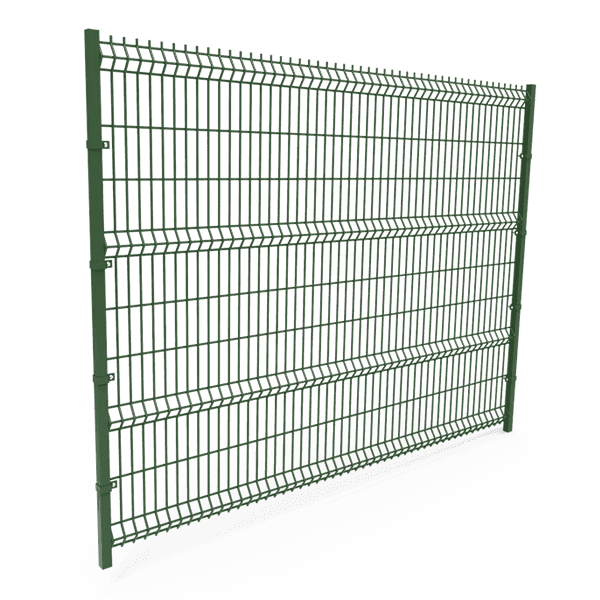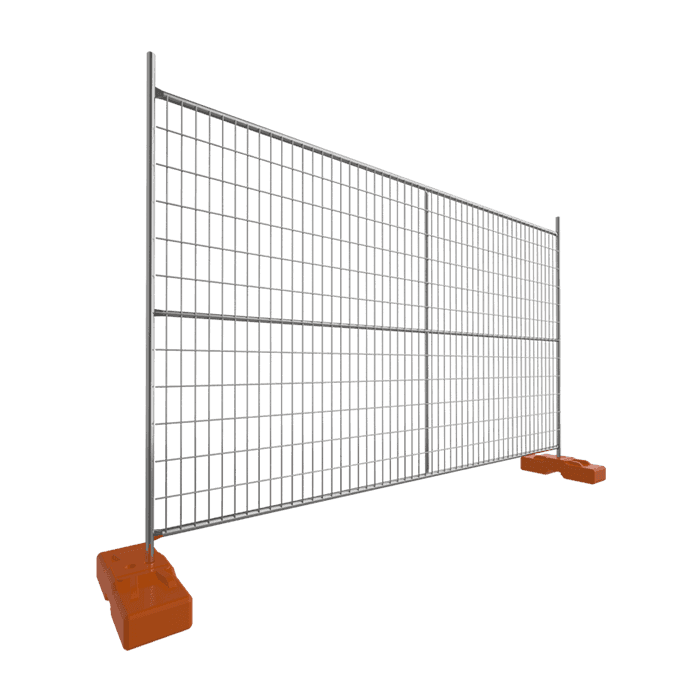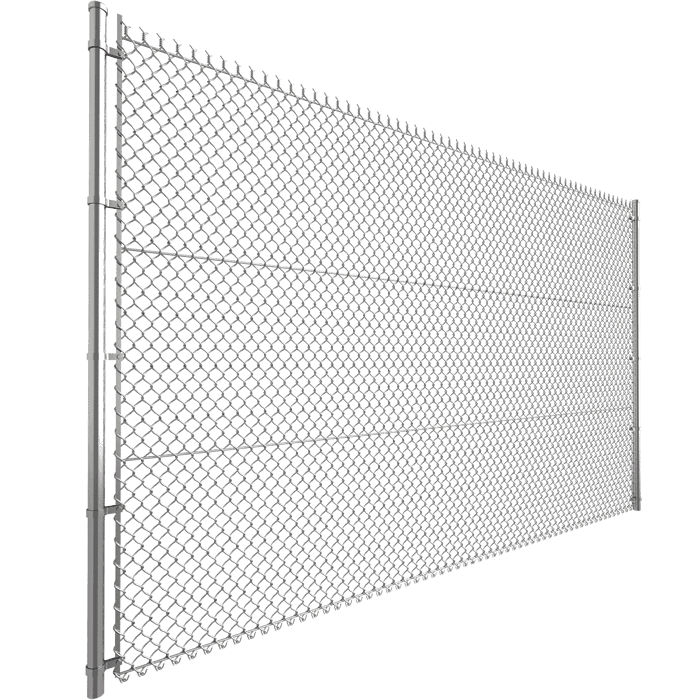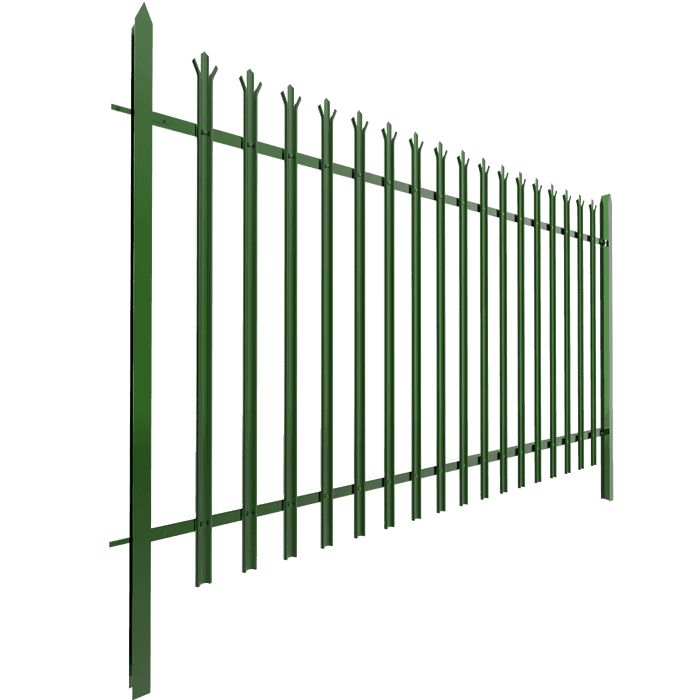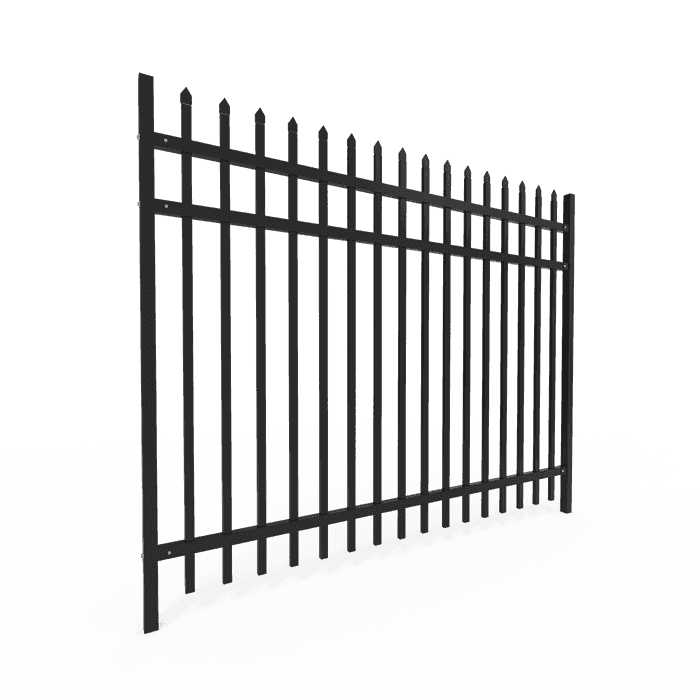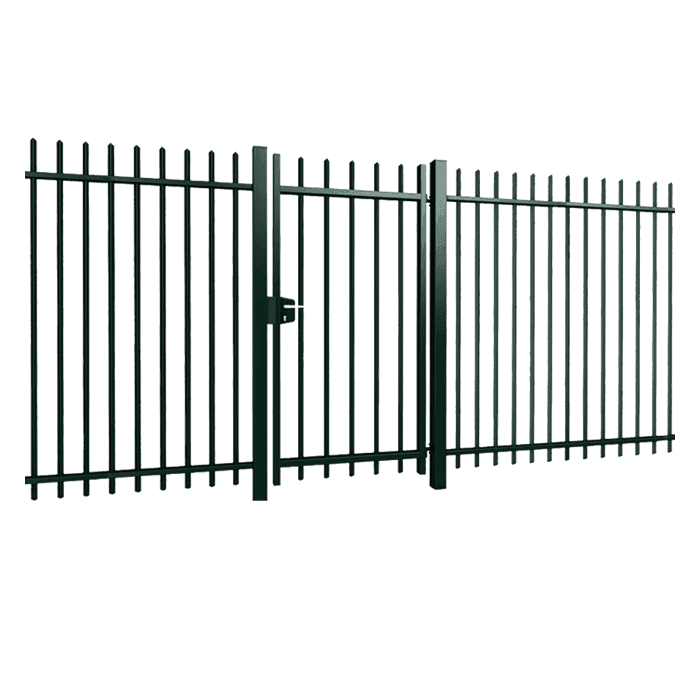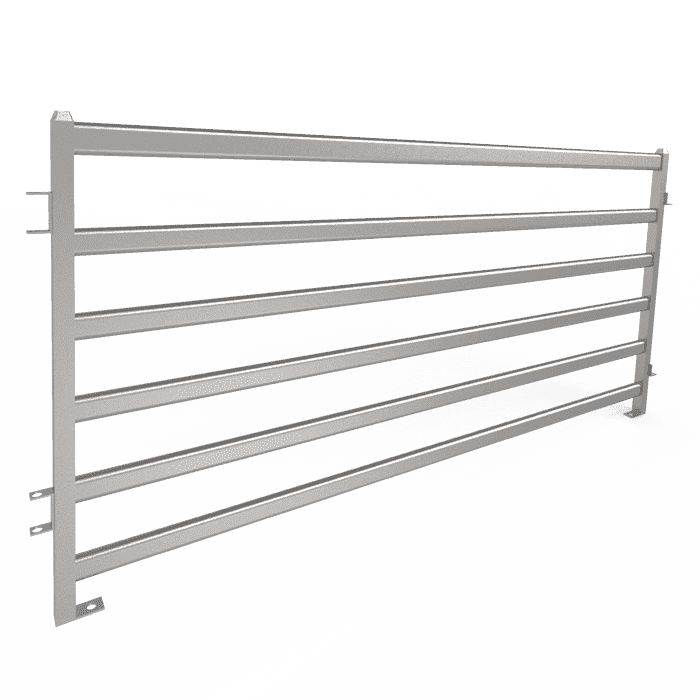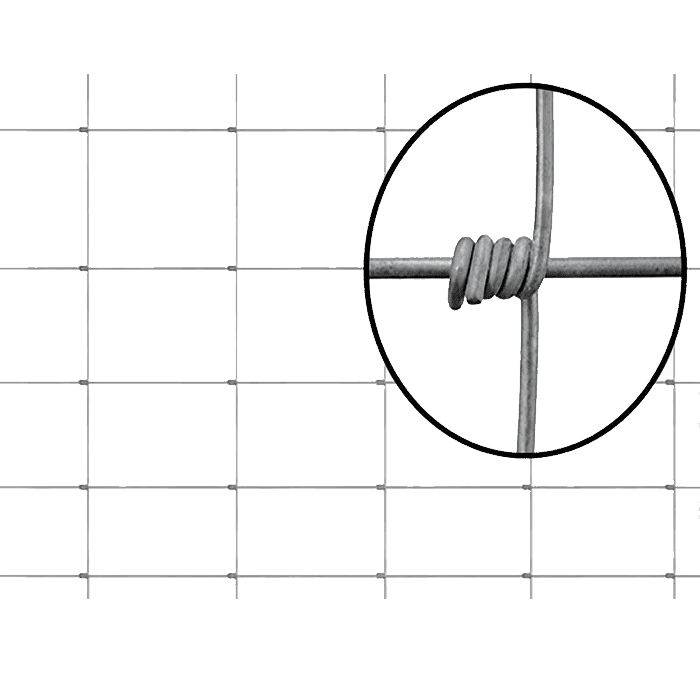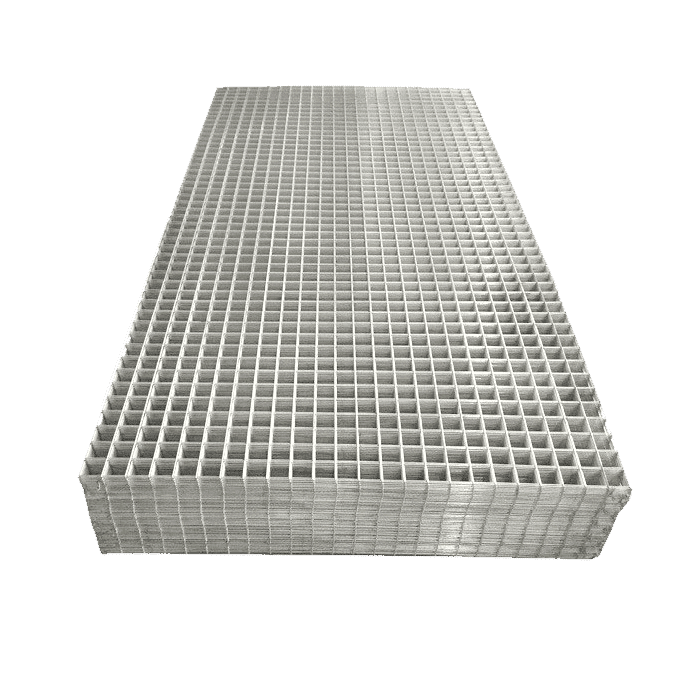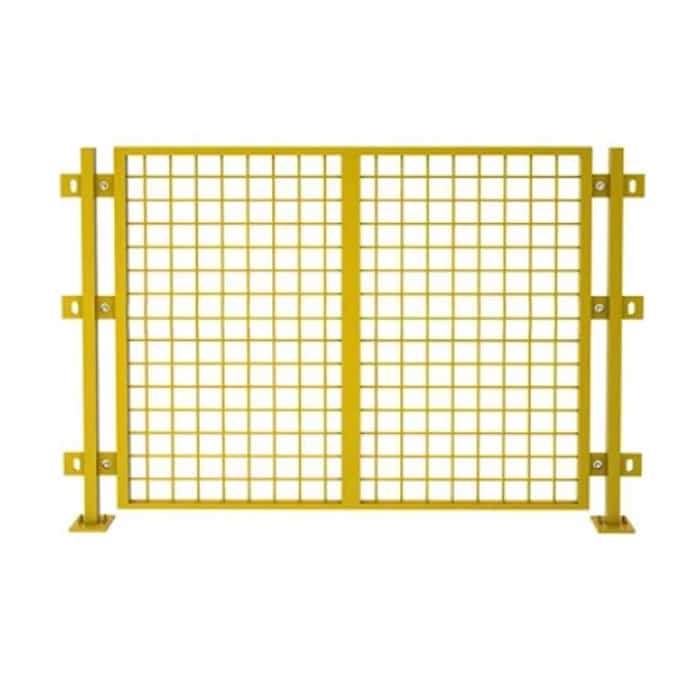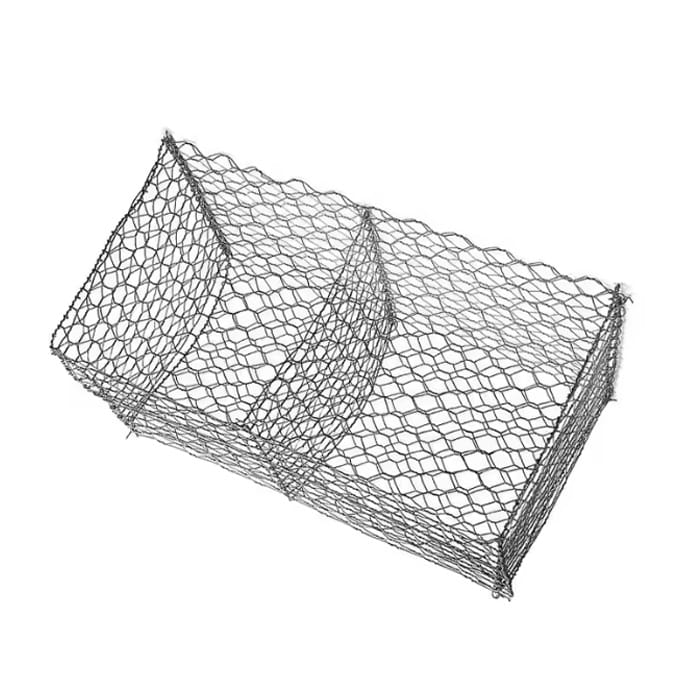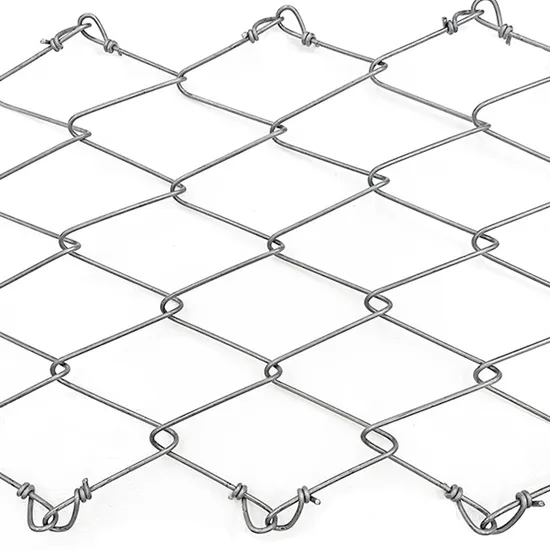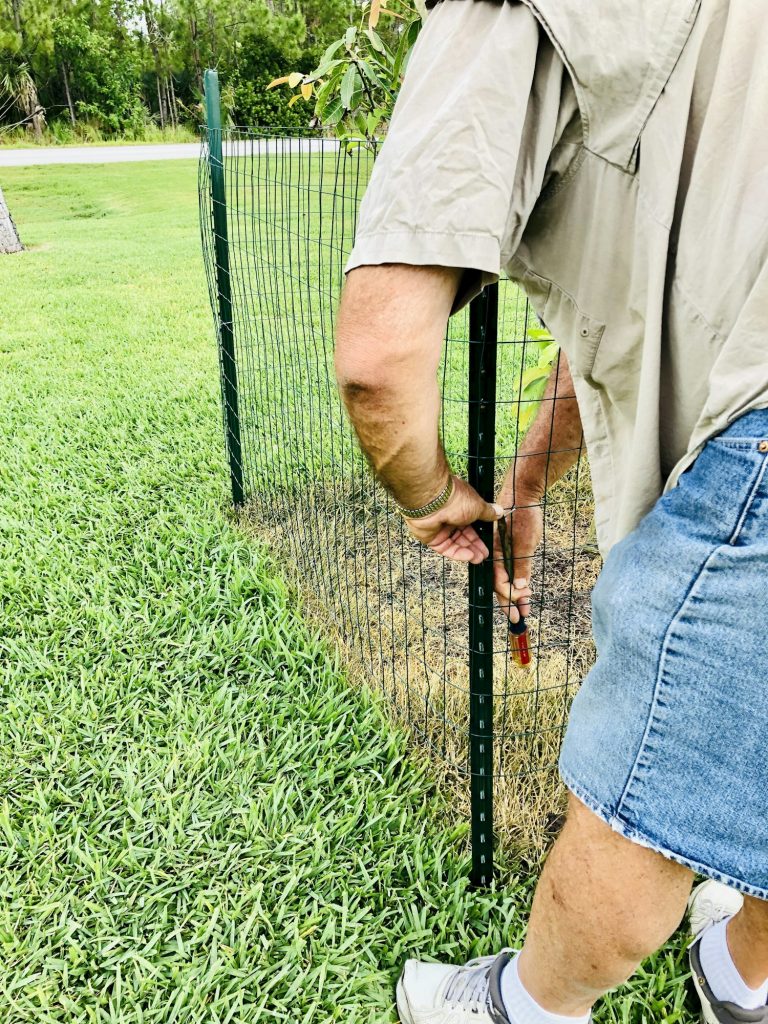Table of Contents
Correct fence post installation is crucial to maintaining the strength and durability of your fence. However, how thoroughly should you examine those posts? To help you get it properly, let’s examine the important elements.
Factors That Influence Fence Post Depth
A third of the post’s length should be buried underground as a general rule. To create a 6-foot fence, for example, you will need an 8-foot post that is buried two feet deep. However, depending on factors like wind exposure and fence height, modifications can be required. In order to increase stability, fences that are taller or heavier could need deeper posts.
Frost Line Considerations: Why It Matters for Fence Post Depth
The frost line is an important factor in regions with lower temperatures. During the winter, soil freezes at this depth. Over time, frost heaves may drive posts out of the ground if they are not set up below this line. Frost lines vary by location, so it’s recommended to check local construction rules or get advice from an expert to find out how deep your area should be.
Tools and Techniques for Digging Proper Fence Post Holes
Use an auger or a post hole digger to reach the proper depth. Dig the hole a few inches deeper and cover the bottom with gravel for more stability. This enhances drainage and keeps water from accumulating, which can cause decay or problems from frost. To secure the post in place, concrete is frequently advised; just make sure it sets completely before fastening the fence panels.
What’s the Ideal Fence Post Depth for Different Soil Types?
Digging depth can be affected by the type of soil. Dig 2-4 inches deeper than normal in loose or sandy soil to prevent shifting. On the other hand, less depth adjustment is needed for dense clay soils. A few extra inches over the recommended depth can improve stability and lower the chance of leaning posts in areas with severe weather or strong winds.
Common Mistakes to Avoid When Digging Fence Post Holes
Failing to account for local frost lines is a typical error that might compromise the stability of your fence. Furthermore, failure to position posts correctly or using too little gravel can result in long-term issues. Long-term time and effort savings can be achieved by marking subterranean utilities, double-checking local rules, and not hurrying the concrete curing process.
Building a fence that endures the test of time and weather conditions requires careful planning and attention to these factors. Always modify your strategy according to the needs of the project and your surroundings for optimal outcomes.

